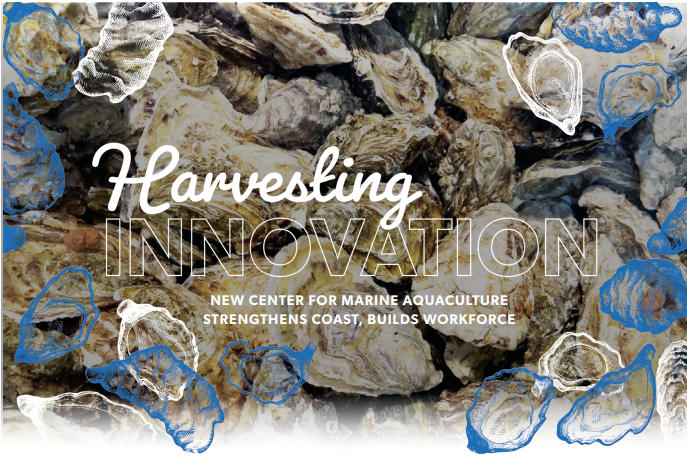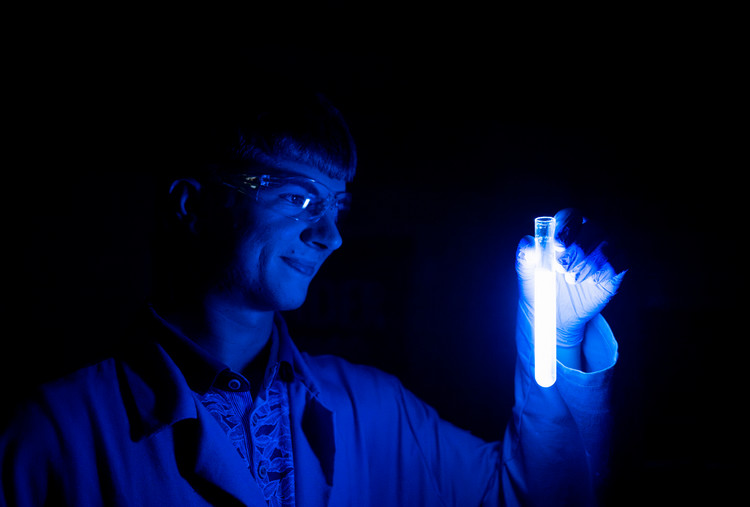TAMU-CC Researcher Develops Color Guide to Assess Health of Coral Reefs
CORPUS CHRISTI, Texas – The use of color can tell us a lot about an animal. Red can mean an animal is feeling aggression – or affection. Animals use the color of their surroundings to blend in, whether to gain an advantage as predator or prey. Dark fur or feathers may help warm an animal in a cold climate, but what does a loss of color tell us?
For the oceans’ coral reefs, the loss of color sounds an alarm. As oceans change, ecosystems including coral reefs are impacted. Declining coral reefs show signs of change by losing their color, known as coral bleaching.
“Coral bleaching is a process where corals lose their symbiotic algae (commonly referred to as zooxanthellae),” said Dr. Keisha Bahr, Assistant Professor of Marine Biology at Texas A&M University-Corpus Christi. “These microscopic symbiotic algae provide energy and color to their coral host. Water temperatures that are too warm for corals can cause the relationship between corals and their algae to break down.”
Bahr said as corals bleach, the color lightens until the tissues are transparent, and the skeleton becomes visibly white.
A simple and effective field method to determine the severity of bleaching is to compare different shades of color over time between sites and coral colonies, Bahr said.
“With the increasing occurrence of coral bleaching events, there was a pressing need to standardize observations across resource managers, community members, and scientists,” she said.
Bahr and other researchers developed a new tool called the Hawaiian Koʻa (coral) Card, which allows the public to help monitor corals’ health and bleaching in Hawaii.
The project began with a conversation Bahr had with her Ph.D. adviser and mentor at the University of Hawaii Manoa, Dr. Paul Jokiel, who was the first scientist to document coral bleaching.
“He asked me, ‘How do you know if a coral is healthy?’ My answer included a long list of complicated scientific measurements common in coral biology,” Bahr said. “He smirked at me and said, ‘You look at it.’ But Dr. Jokiel had over 40 years of experience working with corals, so we set out to equip the community with his knowledge to capture how our coral reefs were changing.”
After nearly four years of experiments, measurements, validation trials, and meetings, the Hawaiian Koʻa Card was created. The researchers’ work was published in September in the research publication Springer Nature Applied Sciences. Partial funding for the research was provided by the Harold K L Castle Foundation and the Hawaii Community Foundation.
While TAMU-CC students were not directly involved in the development of the card, they will be involved in its continued use and validation.
“The card’s development has highlighted a critical need for researchers, citizens, and managers,” Bahr said. “Therefore, we are committed to providing tools and science-driven solutions to assist in the protection, conservation, and management of our valuable coral reefs.”
The project already is having an impact on local conservation efforts.
“Since the Hawaiian Koʻa Card has proven to be a rapid, efficient, and non-destructive tool to assess coral health, we have been working with the Texas State Aquarium to develop a similar color card for the corals they have in captivity,” Bahr said. Her undergraduate student researcher, Gabriella Herrera, was awarded the TAMU-CC Research and Innovation Student Research Award to support these efforts.
“We hope that these coral color cards will become a standard across all zoos and aquariums,” Bahr said.
She feels the progress being made also can be used to assess regional coral reefs and hopes to develop a coral color card that could be used at the Flower Garden Banks National Marine Sanctuary and other reefs in the Mesoamerican Reef Region.
Bahr currently teaches classes for both undergraduates and graduate students that focus on coral reef biology, ecology, and conservation and is including this project in her teaching assignments.
“In these classes, we dive into the details of coral biology and reef ecology through interactive activities using science-based tools, such as the Hawaiian Koʻa Card,” Bahr said. “Students learn standard research methodologies used by managers and cutting-edge techniques used by scientists to prepare them for a career in marine conservation.”





















